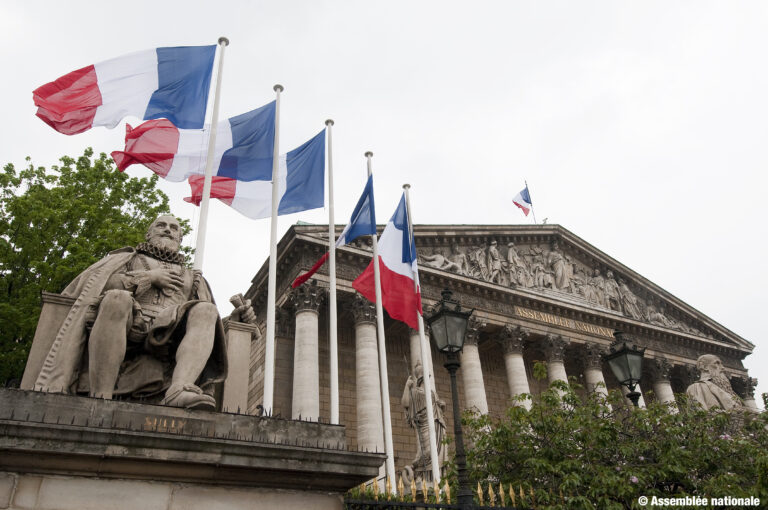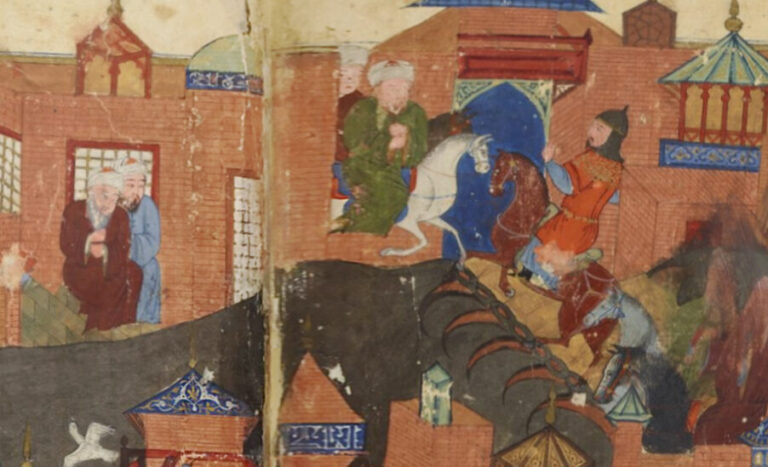Queer Baroque: Nikko Mausoleum
The construction of modern sexuality emphasises the sameness of biological gender between sexual object and sexual subject, which did not operate in Japan as it could not accommodate these existing gender constructions. The intense connection of the Nikkō Tōshōgu to the Tokugawa meant that it was intrinsically connected to a time that was becoming increasingly demonised as deviant.






